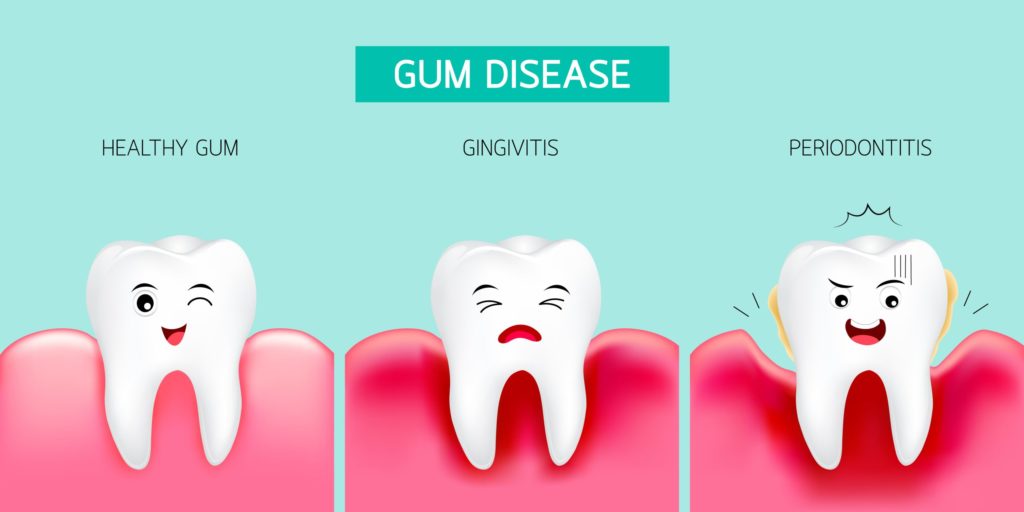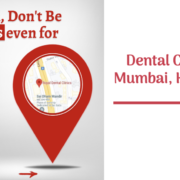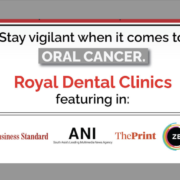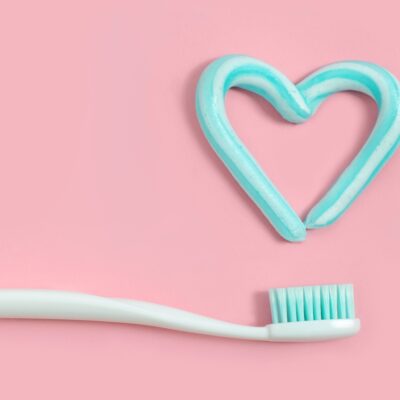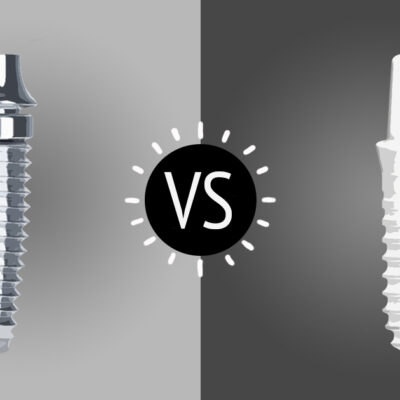Are your gums receding and your teeth looking more like fangs? If so, you’re probably dealing with a case of periodontitis. Also known as “gum disease,” it is actually an infection that begins when bacteria normally live on the surface of our teeth, grow out of control. Once they’ve taken root beneath the gums, these bacteria create a sticky biofilm that traps food particles, allowing them to thrive even further. Your mouth becomes teeming with harmful bacteria that can cause irreparable damage to your gums, jaw bones, and the roots of your teeth. If you have noticed any of these symptoms in yourself or your loved ones recently and want to learn more about preventing and treating periodontitis in your 30s, keep reading for some expert insight!
Symptoms of Periodontitis or Gum disease
Red, swollen gingiva
This is a sign that your gums are experiencing significant inflammation. Swollen gums are often caused by gingivitis, along with other factors like nutrient deficiencies, hormone changes, or infections. Depending on the cause, there are several possible ways to help treat and prevent swollen gums.
Sensitivity when chewing
If you notice that certain foods make your gums very sensitive, you may have gum disease. Sensitive teeth are typically the result of worn tooth enamel or exposed tooth roots. Sometimes, however, tooth discomfort is caused by other factors, such as a cavity, a cracked or chipped tooth, a worn filling, or gum disease.
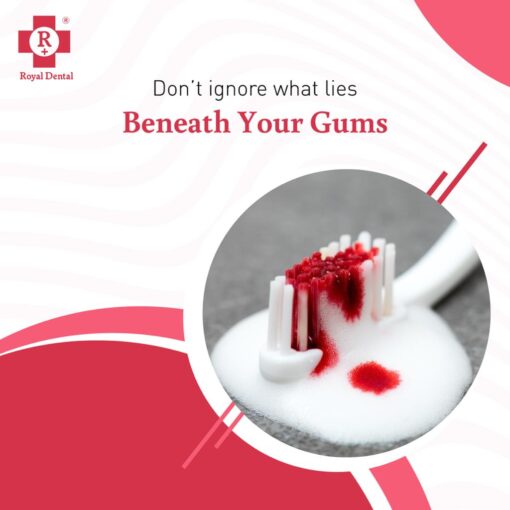
Teeth that fall out
While this isn’t the most common sign of gum disease, it can happen. The bacteria that cause gum disease are capable of destroying the connective tissue in your mouth, including the roots of your teeth. Tooth loss is normal for deciduous teeth (baby teeth) when they are replaced by a person’s adult teeth. Otherwise, losing teeth is undesirable and is the result of injury or disease, such as dental avulsion, tooth decay, and gum disease.
Difficulty cleaning your teeth
When gum disease is at its most severe, it can be difficult to clean beneath your gums with a toothbrush. Gently brush your teeth on all sides with a soft-bristle brush and fluoride toothpaste. Replace your toothbrush every 3 to 4 months.
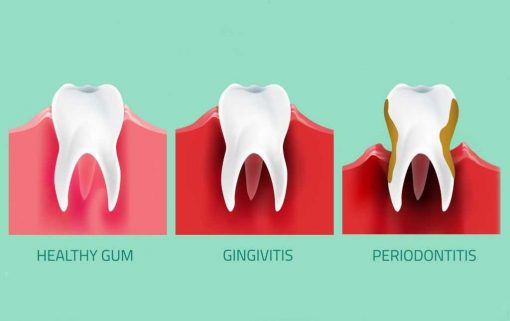
Toothaches
Gum disease can cause toothaches because it weakens the roots of your teeth. Treatment for a toothache depends on the cause. If a cavity is causing the toothache, your dentist will fill the cavity or possibly extract the tooth, if necessary. A root canal might be needed if the cause of the toothache is determined to be an infection of the tooth’s nerve. Bacteria that have worked their way into the inner aspects of the tooth cause such an infection.
Bad breath
If your mouth smells like rotting flesh, you probably have gum disease. This breath, also called halitosis, can be embarrassing and in some cases may even cause anxiety. It’s no wonder that store shelves are overflowing with gum, mints, mouthwashes, and other products designed to fight bad breath. But many of these products are only temporary measures because they don’t address the cause of the problem.

Why does periodontitis happen?
As we mentioned above, bacteria that are usually a normal part of your oral microbiome grow out of control. Causing an oral infection known as periodontitis. In addition to these external factors, many people also have a genetic predisposition to gingival disease. This means that you may be more likely to develop gum disease because of something you were born with, rather than a controllable factor such as diet or lifestyle.
Gum disease is most often caused by plaque a thick film of bacteria that forms on gums and teeth that daily brushing, flossing, and rinsing remove. Not sure if you have gum disease or a gum infection? You’re not alone – millions of adults have some stage of gum disease. The good news is that if caught early, it is reversible. Improving your dental care routine and scheduling dental checkups at least every six months are great steps for helping reduce plaque.
How to treat and prevent periodontitis
If you suspect that you have gum disease, you should visit a dentist as soon as possible. They will examine your gums, determine if you have gum disease, and outline a treatment plan. You may need to brush your teeth more frequently and use specialized oral products such as interdental brushes to help remove the biofilm that is causing the problem. You should also visit your dentist for professional teeth cleaning on a regular basis.
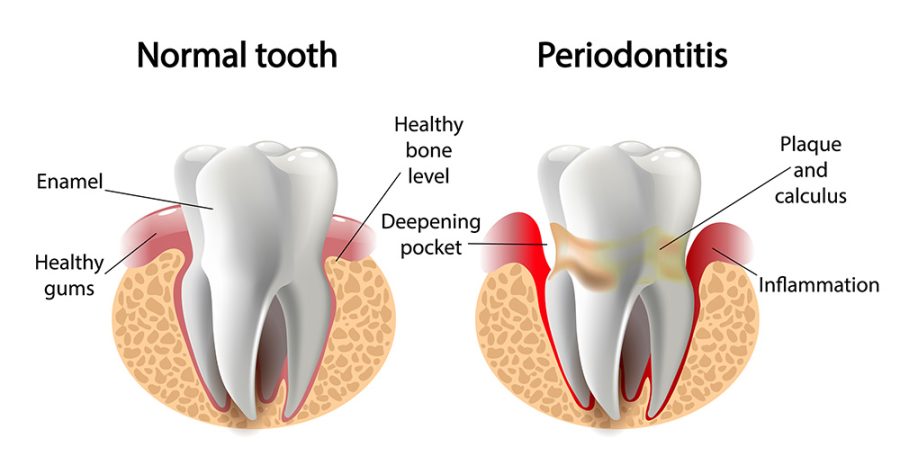
This will help prevent your gums from becoming too swollen and help remove any plaque that is causing your gums to become red and swollen. Diet and lifestyle are also important in preventing and treating periodontitis. You should try to avoid smoking and reduce your caffeine intake. Both of which can exacerbate the symptoms of gum disease. Because the effects of periotative care routine before the disease progresses.
Good oral Hygiene prevents periodontitis
If you practice good oral hygiene by brushing and flossing your teeth daily and done correctly. This will remove the plaque from your teeth and prevent build-up. Also, interdental brushes and water flossers may be helpful to remove plaque from between the teeth. It is also recommended to visit your dentist every six months for a professional cleaning to remove plaque and tartar in places that are harder to reach. If you already have periodontal disease, your dentist or periodontist may recommend more frequent visits and implement a more aggressive treatment plan.
Conclusion
Gingival disease is not something that only happens in our teens and 20s. It’s a common occurrence that can affect anyone, no matter what their age. Unfortunately, many people don’t realize they have gum disease until it’s progressed to a severe state. This is why it’s critical to familiarize yourself with the signs and symptoms of gum disease and get treatment as soon as possible if you notice any of them in yourself or your loved ones.

